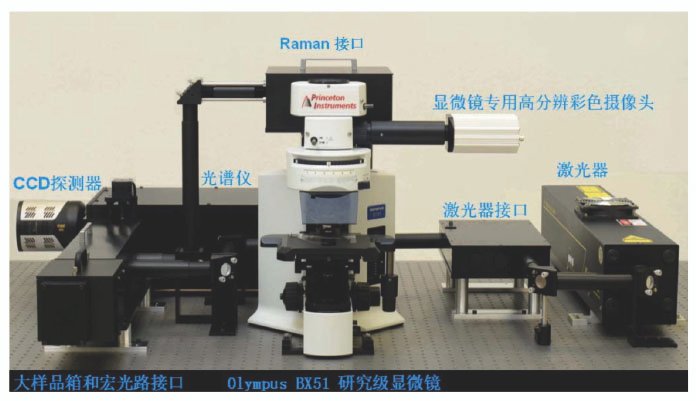
一 Customized systems
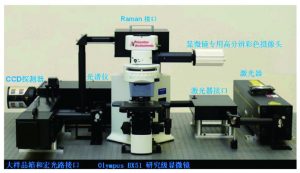
 |
 |
Imaging picture sensitivity
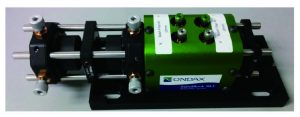
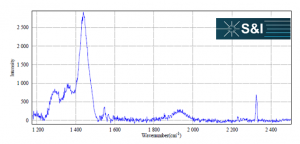
● Spectrometer ● Refrigerated CCD detector
●Microscope ●High resolution color CCD
● Laser interface (one or two lasers) ● High-performance PCs and application software
●Sensitivity (spectrometer determined) ● Optional low wave number function
二 Customized service cases
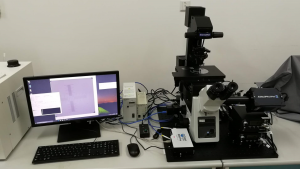 |
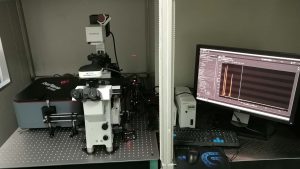 |
 |
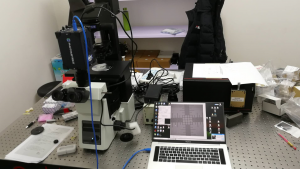 |
三 Confocal high-voltage portable optical path (Raman, fluorescence and standard pressure)
● Spectral/imaging isotopic detection ● Wide spectral range
●Measuring area optional ●Large operating space
● Simple operation ● Easy to upgrade
peculiarity:
- Easy and reliable switching between laser and illumination sources, Raman signals and optical imaging
- A versatile portable optical path system designed based on the principle of microcolorst optics with the characteristics of openness, stability, portability and versatility
- A high-resolution portable spectrometer and laser are standard for portable ruby fluorescence
- standard pressures that can be brought to a synchrotron radiation station
- Standard Raman spectroscopy measurements are achieved by coupling spatial free light or fiber to a three-raster spectrometer, with an optional ultra-low wave number module
- Optional lasers, filters and spectrometers enable high-pressure fluorescence measurements
Ultra-low frequency Raman introduction:
- Low-frequency Raman bands (less than 50 cm-1) are present in some proteins. Whether thin films or crystals, they rely on the composition of protein molecules, but are relatively independent of the form of the sample
- In amorphous glass, most Raman spectra exhibit a low-frequency response called “Boson Peak.”
Many minerals exhibit low-frequency vibration patterns, i.e. sulfur between 0-250 cm-1, or organic substances such as L-cystine between 0-800 cm-1 - Single-walled and multi-walled carbon nanotubes exhibit a linear respiration pattern (RBM) vibration in the 150–200 cm-1 range to characterize the linear distribution and overall mass of the nanotubes and the influence of external factors
- Evaluate the mass of semiconductor multilayer structures (superlattices) by observing folded acoustics (FA) patterns in the 0–100 cm-1 range
- Relaxation patterns in liquids, binary mixtures, and solutions help determine their dynamics structure in the range of 0–400 cm-1
Application of ultra-low frequency Raman spectrometry
● Drug polymorphism ● LA mode of polymers
● Material: Phase / Structure ● Metal salt
● Gas ● Carbon nanotube
● Micron crystals ● Semiconductor lattice and nanostructure
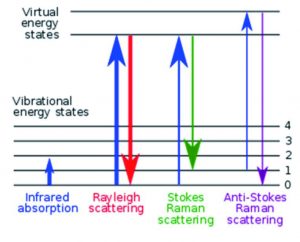
The main advantages of BNF and BPF
- Low-wave Raman spectroscopy measurements with filter bands as low as 5-1 cm wide
- Compared with the traditional three-optical Raman spectrum, it has a higher efficiency, which can reach more than 50%.
- Compared with the traditional three-optical Raman spectrum, the cost has dropped significantly
- Polarization is irrelevant
SF
CW Blue and Green Single Frequency Lasers Blue Gemstone SF lasers are suitable for applications that require narrow and ultra-narrow line width, such as Raman spectra, interferometry, holograms, measurements, and detection.
- Ultra-narrow line width
- Excellent power stability
- Excellent beam quality
- High single frequency power 1) 488nm up to 100mW 2) 532nm up to 150mW
- Ultra-low noise, especially. No discharge background or green noise (see ion, diode, DPSS laser)
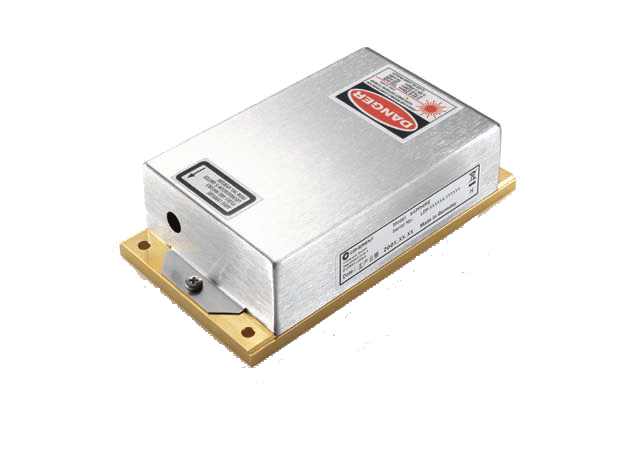 Ondax SureBlock™ XLF system
Ondax SureBlock™ XLF system
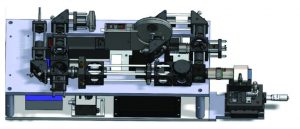
Low-wave number accessories

